There is a reason why West Virginia is considered to be “Almost Heaven.”
The state’s winding roads, lush forests,

wild water, and friendly residents
paint a scene incomparable to any other.
It is a place brimming with inspiration,
hope, pride and passion.
West Virginia is the only state comprised entirely in the Appalachian region. Appalachia is a unique area of the eastern United States, rich in history, natural resources, and mountain culture. Unfortunately, the parts that make Appalachia unique are also the distinguishing factors that contribute to the region’s obstacles for future development.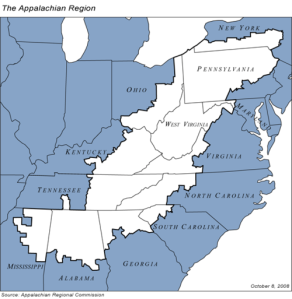
Wild and Wonderful
Since moving to West Virginia five years ago, I have found myself fascinated by the historic small towns, river valleys, rural farmlands and dense forests I’ve encountered throughout the Mountain State. Driving through different parts of West Virginia, I often find myself wondering what each community is like, where people are employed, if they were born here or if they chose to move here later in life.

Grafton is like many of the small towns I’ve visited in this Wild and Wonderful state. It has a short-length main street, parallel to a railroad line, and has a few small shops and a café. In fact, many towns in West Virginia are lined either by a river or railroad. The significant differences among small towns in West Virginia are their population, average income, and the amount of economic resources and attractions available to capitalize on.
From Company Town to Ghost Town
Since the turn of the century, West Virginia has attracted large industries and boasted a perseverant workforce. Its abundant source of coal and timber enabled the state to attract families and establish towns founded on their economic ties.
With the construction of the transatlantic railroad, more towns were built, and the people of West Virginia were able to better navigate the region’s mountainous topography.
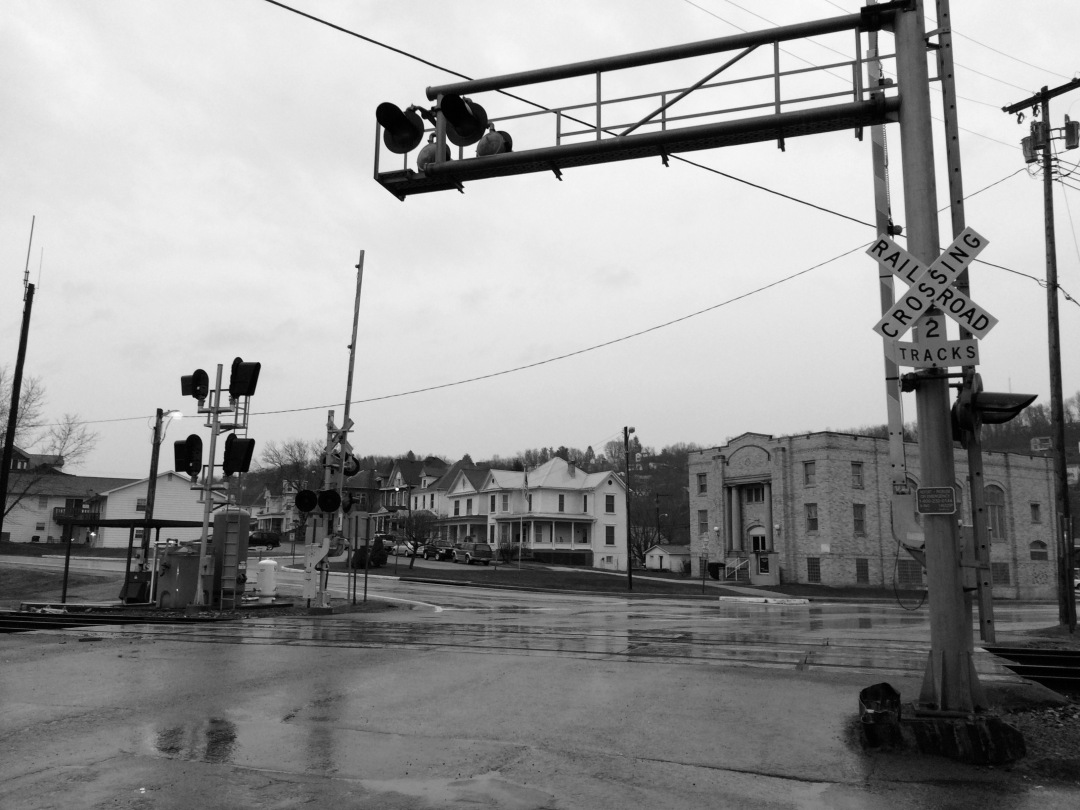
While these areas boomed in the early 1900’s, the extraction of the region’s resources steadily declined throughout the middle of the century, creating a void for work which forced many people to relocate and abandon towns that once thrived with vitality.
When industrial mines and plants close, the hardworking West Virginians who rely on those jobs are often left with minimal resources and options for other gainful employment. The livelihood of an entire community can be at the disposal of singular industry. In the wake of economic decline, much of the Appalachian region has been left poverty-stricken. The small towns that have persevered through the hardship, often struggle to retain their lively communities and economic enterprises.
Creating West Virginia’s Future
As time has passed, more and more small towns in West Virginia have struggled to retain industry jobs and attract new businesses. This is why economic diversification is crucial for maintaining the history, culture, and livelihood of West Virginia. Diversifying the state’s economy is essential to helping West Virginia alleviate poverty and build a
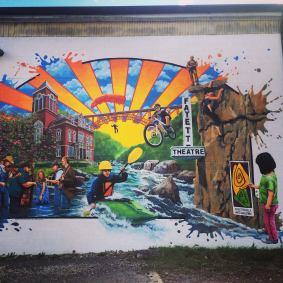
prosperous future. There are many federal-state partnerships that aid with this effort, as well as many other organizations throughout the region working tirelessly to spark innovation and creativity within these small towns.
A few organizations that have made a significant impact and are valuable resources for citizens to reach out to or learn more about include:
- WVU Extension Services
- Create West Virginia
- The West Virginia Community Development Hub
- Tamarack Foundation for the Arts
Revitalizing Small Towns
Many small towns across the Appalachian region have successfully revitalized impoverished and abandoned cities through the creation of small businesses, reimagining and using historical buildings, and by implementing artistic expression to transform neglected areas into attractive communities.
While these locations have shown tremendous success, there are many other towns in
West Virginia who are just getting started.
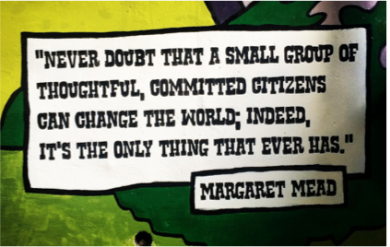
Change is not always welcomed with open arms, especially not in a state that holds strong value in tradition and history.
The first step towards progress is forming a group of committed citizens who have a common goal in mind.
Embracing Artistic Expression
This is the case in Grafton, W.Va., where a group of citizens have founded a nonprofit organization dedicated to using artistic expression to pave the way for future innovation in their small town.
The organization was founded in memory of the late Larry Bartosh, a sculptor, painter, and Grafton resident, whose mission was to encourage others to use art to express themselves and go beyond the perceived limitations of what could be done.
Bartosh’s art studio, Buffalo Flats Arts, was the inspiration to the nonprofit’s name, the Buffalo Flats Artists Association.
The mission of the Buffalo Flats Artists Association is to provide the Grafton community with a welcoming space for people of all ages to express themselves artistically.
A unique aspect of the Association is that they
have a wide interpretation of “Artistic Expression.”
They believe that expressing yourself,
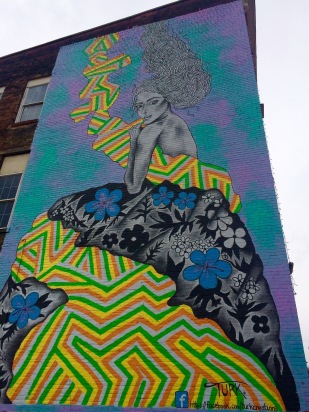
in any way,
shape,
or form,
is art.
The Association believes artistic expression
cannot be [confined]
to any specific standard.
Or set of tools.
Like Bartosh, the Association believes there is no wrong way to make art, as long as you put heart into what you are doing.
Welcome to Grafton, West Virginia
Grafton is a small town located in Taylor County, West Virginia. It is known as the Birthplace of Mother’s Day and the home to the B&O railroad’s junction station. In 2014, the city of Grafton was one of two cities chosen to take part in the Turn This Town Around campaign. Shortly after, citizens in Grafton, with the help of the WV Hub and the Turn This Town Around initiative, formed their own civic engagement group, All Aboard Grafton, in effort to unite and continue progress.

Grafton is a small town, like many others in West Virginia, that is full of potential. Potential to attract visitors, start more small businesses, utilize historic buildings, and promote innovation through the means of artistic expression.
Enactus WVU will be working with the Buffalo Flats Artists Association to help make their vision come to life, make an impact, and help build a sustainable plan for the future of their town.
Working on this project in Grafton has confirmed my belief that West Virginia is a place brimming with inspiration, hope, pride and passion. I look forward to helping the Buffalo Flats Artists Association create an environment that fosters creativity and innovation, as they work to make a brighter future for this small town.
Birdie Hawkins is a senior at West Virginia University where she studies Strategic Communications and Recreation, Parks and Tourism Resources. She is originally from Cleveland, Ohio, but considers West Virginia to be her adopted home. Birdie enjoys utilizing her skills in strategic communications to educate and inspire others to be active stewards within their communities and encourage them to get outdoors.